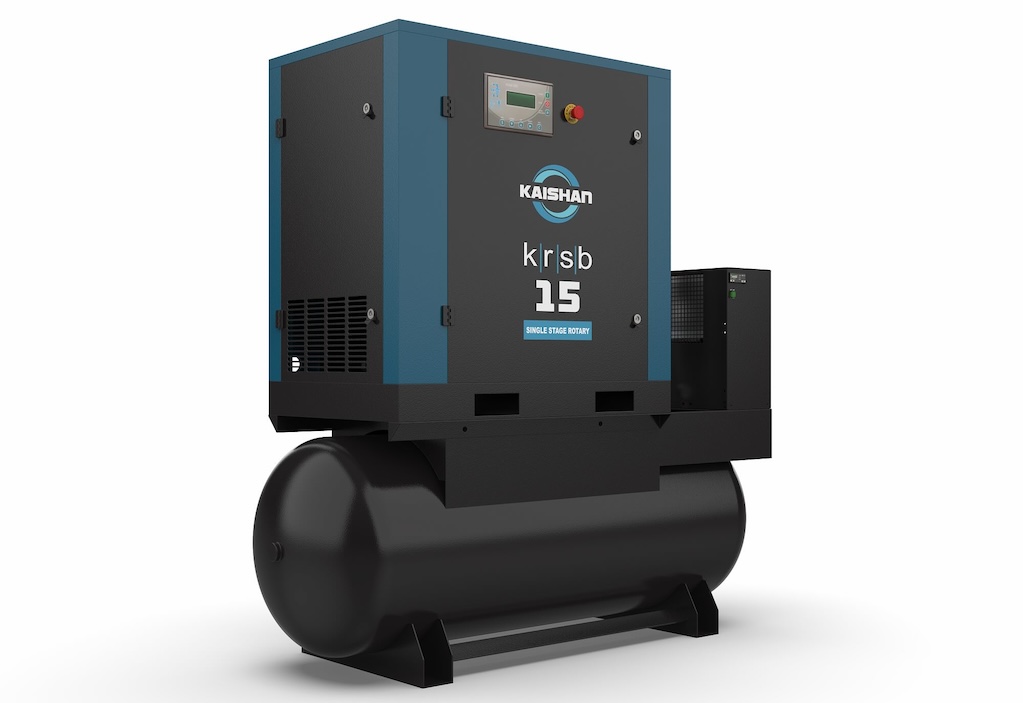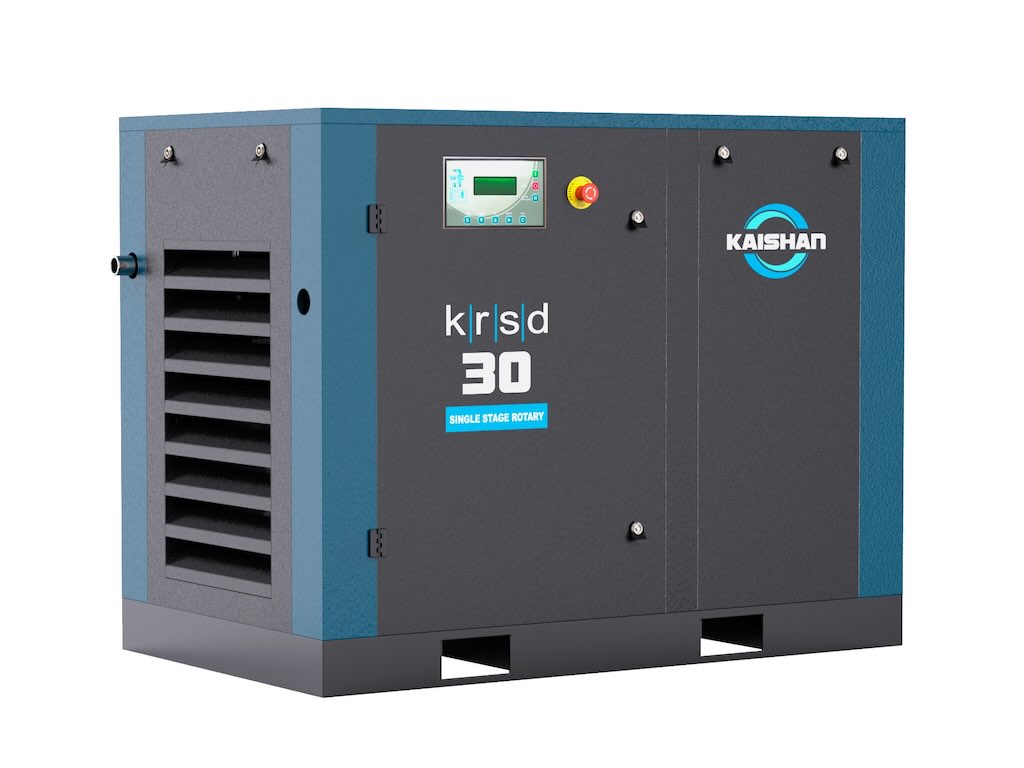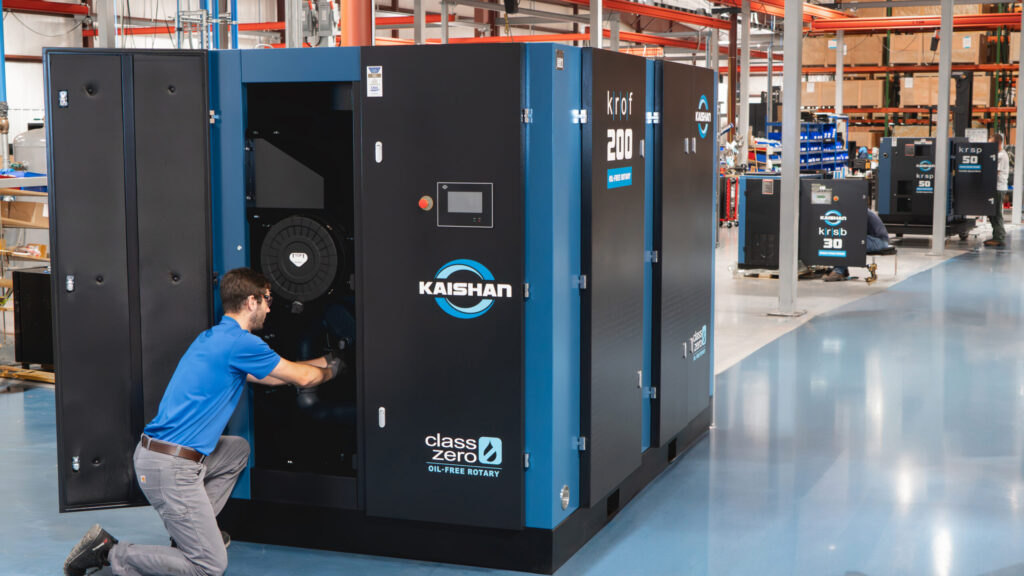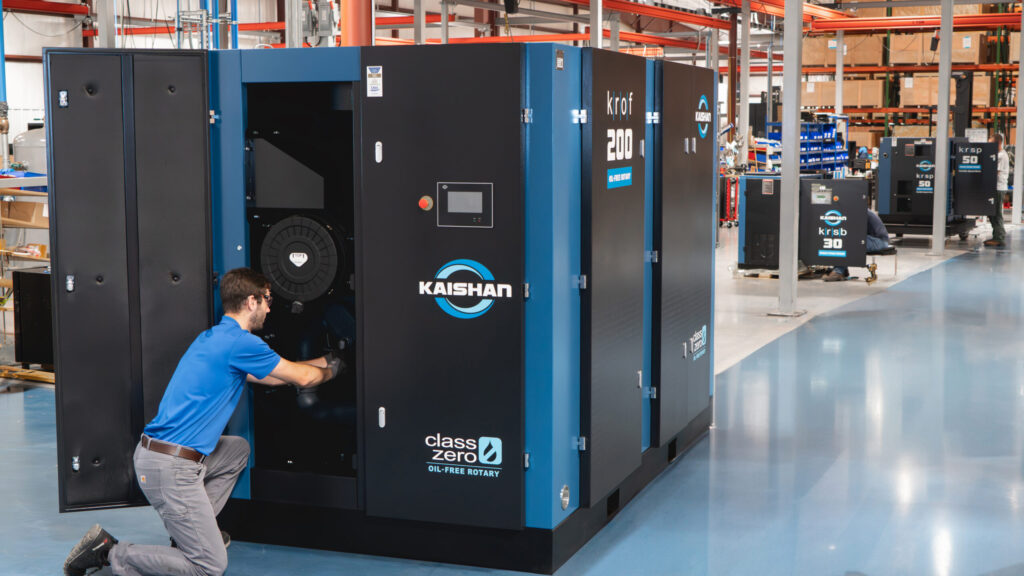Plant managers are constantly faced with the challenge of finding new ways to reduce costs, increase throughput and meet established quality standards. One of the biggest areas for improving plant operations could be one of the most easily overlooked: the use of compressed air in drying and blow-off applications.
Plant managers are constantly faced with the challenge of finding new ways to reduce costs, increase throughput and meet established quality standards. One of the biggest areas for improving plant operations could be one of the most easily overlooked: the use of compressed air in drying and blow-off applications. Reducing or eliminating it in such applications is one of the biggest cost savings opportunities for manufacturers across industries such as breweries, stamping facilities, auto plants, metal working and others.
Just reducing electricity costs justifies the use of new drying systems for continuous-use processes. In addition, new air control innovations deliver highly reliable, more effective drying that helps increase throughput and production quality throughout the plant.
Uncovering the costs
Compressed air is one of the most expensive industrial utilities, accounting for as much as 30% of a plant’s total electricity use. Despite this, many facilities have no idea what the annual cost of their compressed air systems is. The initial cost for a 100-hp compressor typically ranges from $30,000 to $50,000, depending on the type of compressor and manufacturer, while annual electricity charges for the same system can reach another $50,000. Annual maintenance costs on a compressed air system are approximately 10% of the initial cost of the system.
Companies can put a big dent in the dollars spent for drying and blow-off by replacing drilled pipes or slotted copper tubes with more efficient compressed air or blower-supplied air control products. Several types of compressed air and blower-air knives and nozzles are available today. All are engineered to generate a uniform, high-velocity air stream. The result is a better quality air pattern than produced by open pipes or drilled holes, saving thousands each year in operating expenses while increasing drying efficiency. These products can also reduce plant noise in many cases.
Compressed air products are ideal for applications that have existing compressed air sources in place but also require less than two feet of drying or blow-off coverage. The choice of which compressed air product to use also depends on the specific application.
Individual air-control nozzles and low-flow compressed air knives work well as a final stage blow-off for difficult-to-dry round objects that require high velocities of air — IV bags and packaged chicken are two examples. Low-flow compressed air knives work particularly well in applications where there is limited mounting space. The knives can be mounted close to the parts and any increases in air temperature cannot be tolerated. By delivering a hard-hitting air force that maintains a highly uniform and constant curtain of air, these air knives minimize the use of compressed air and the energy costs associated with compressed air while providing better drying/blow-off.
When a highly concentrated air stream is needed, air amplifiers are the way to go. Amplifiers produce pinpoint airflow and variability in performance for applications such as blow-off of parts with deep crevices. Along with the flow of compressed air, additional free air is pulled through the air amplifiers, resulting in maximum air volume.
Air amplifiers save on compressed air consumption while simultaneously providing higher volumes of air to maximize drying, blow-off or vacuum applications. With no moving parts, air amplifiers require minimal maintenance and can use cycled air as needed. They can also be used as an exhaust device and are perfect for robotic applications.
When blowers are the best choice
Complete elimination of compressed air in drying and blow-off applications is not always advisable or possible. In many instances though, it may make perfect sense to replace an existing compressed air system, as blower systems are more energy-efficient and provide greater energy savings.
Blower air products work best in applications that have more than two feet of drying or blow-off coverage and offer several additional advantages, including:
-
The ability to use heated air when needed
-
The longest length of knife combinations
-
The cleanest air available, (HEPA filtration is an option)
-
Reduction in plant noise by more than 50%
-
The most versatility in configurations
-
The U.S. Department of Energy recommends low-pressure blowers as a more efficient alternative to compressed air for cleaning, cooling and drying applications. A properly designed and maintained air knife system, consisting of a low-pressure, high-volume blower and an air knife, can save thousands of dollars each year in operating expenses.
In addition to saving on energy costs, blower-supplied air is a much cleaner air source than compressed air. In one year of normal operation, a 100-cfm compressor can put up to 1 gallon of oil into a system. Therefore, when analyzing costs of compressed air, the potential cost of rewashing parts due to a contaminated air source must be considered.
For sanitary applications including food, pharmaceuticals, clean rooms and computer chip manufacturing, HEPA filters are commonly used on blowers to provide absolute filtration of the air. A HEPA-classified filter must capture a minimum of 99.9% of contaminants at 0.3 microns in size. For reference, a dust particle is approximately 25 microns.
Smart investment, fast payback
Regardless of whether compressed air or blower air control products are used, new technology for both approaches is available. Many of these products can often pay for themselves within three to six months, and depending on the applications, both may be appropriate. An experienced vendor with expertise in both compressed air and blower technologies can help develop the most effective air control system for your production and show how to optimally maintain and monitor your system’s performance.
Author Information



